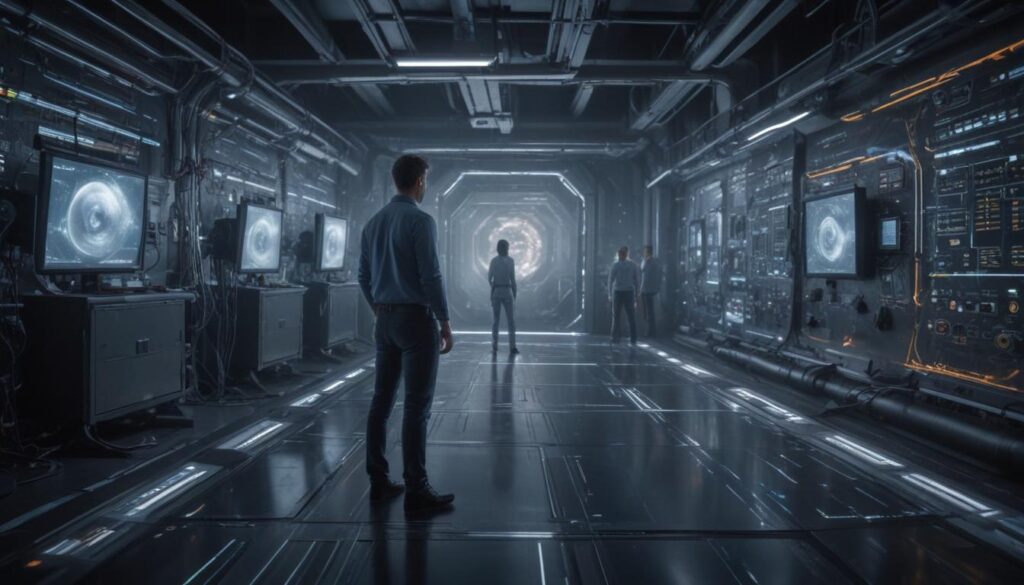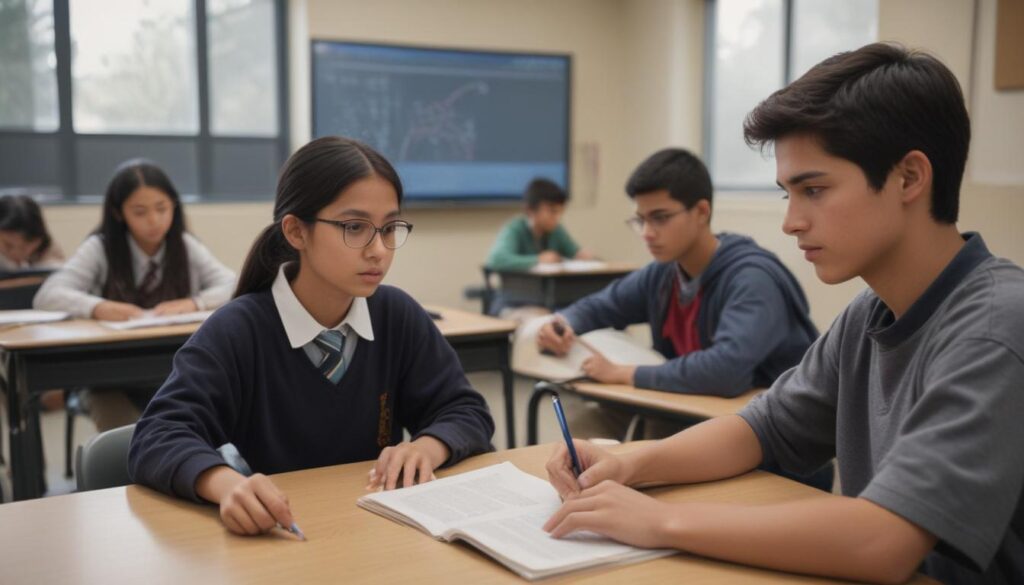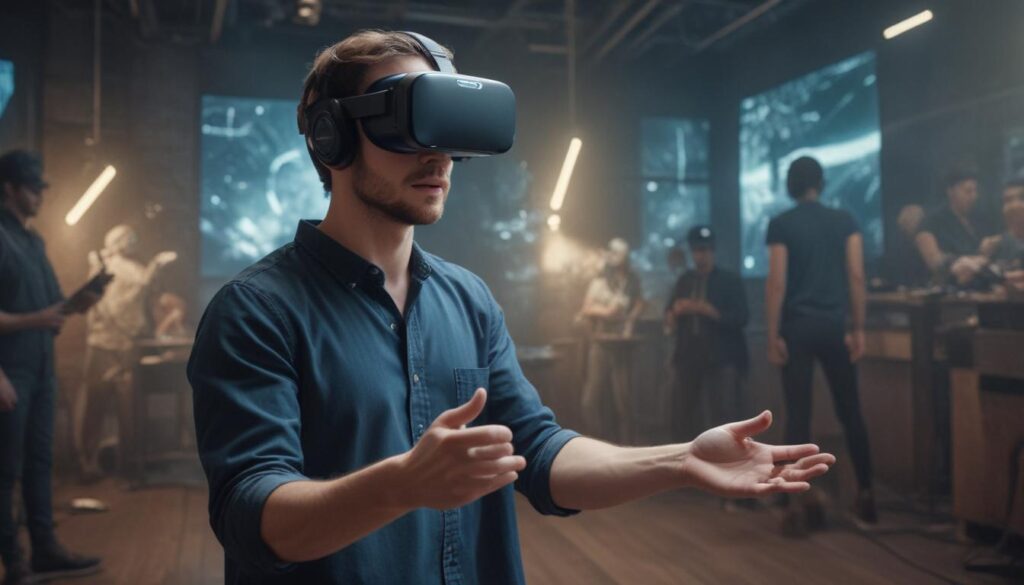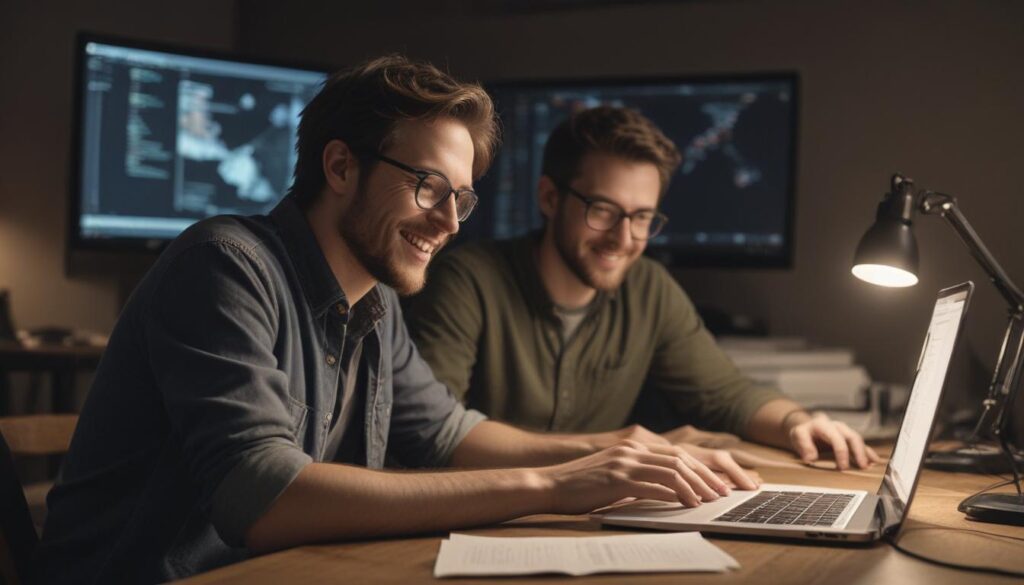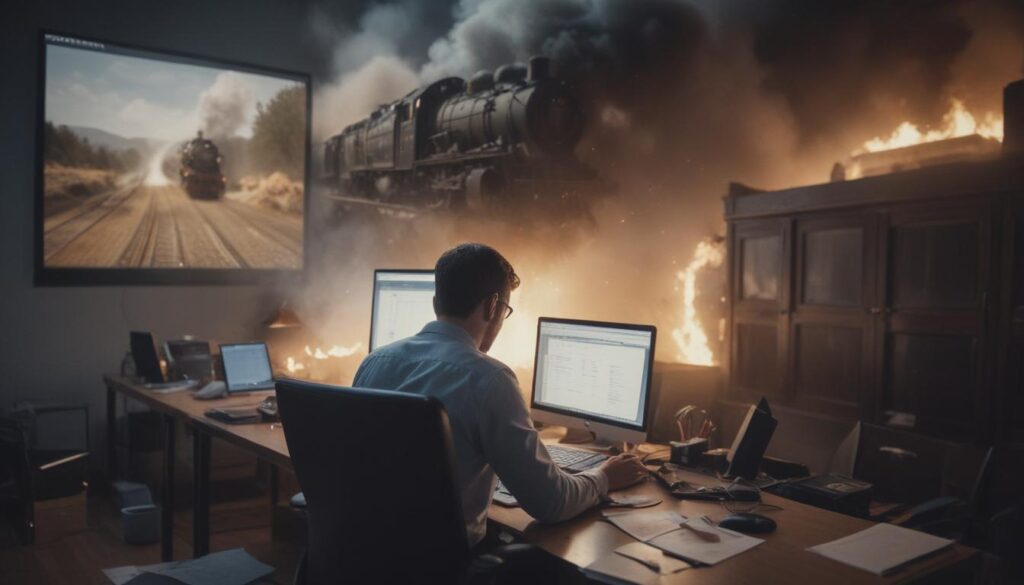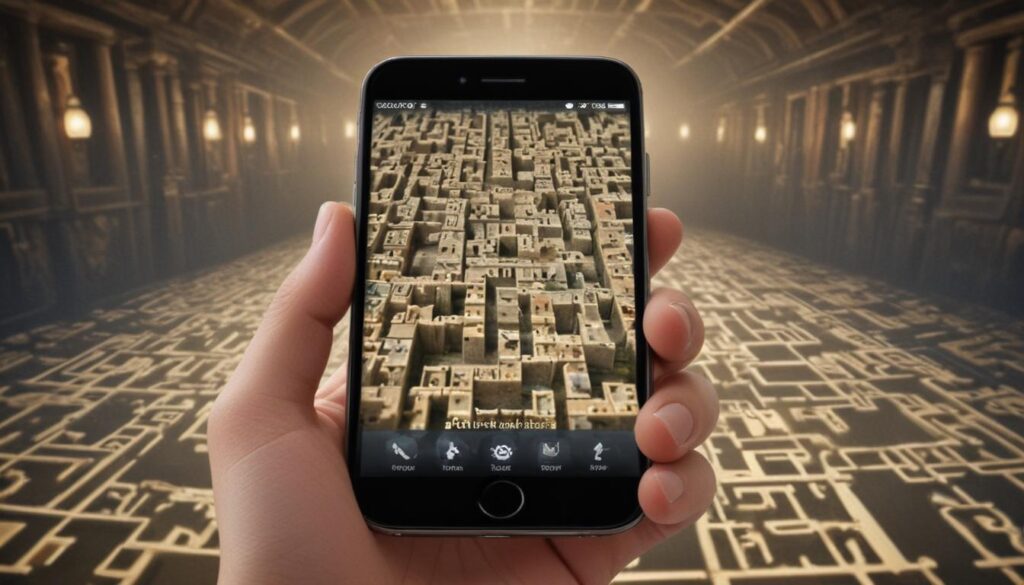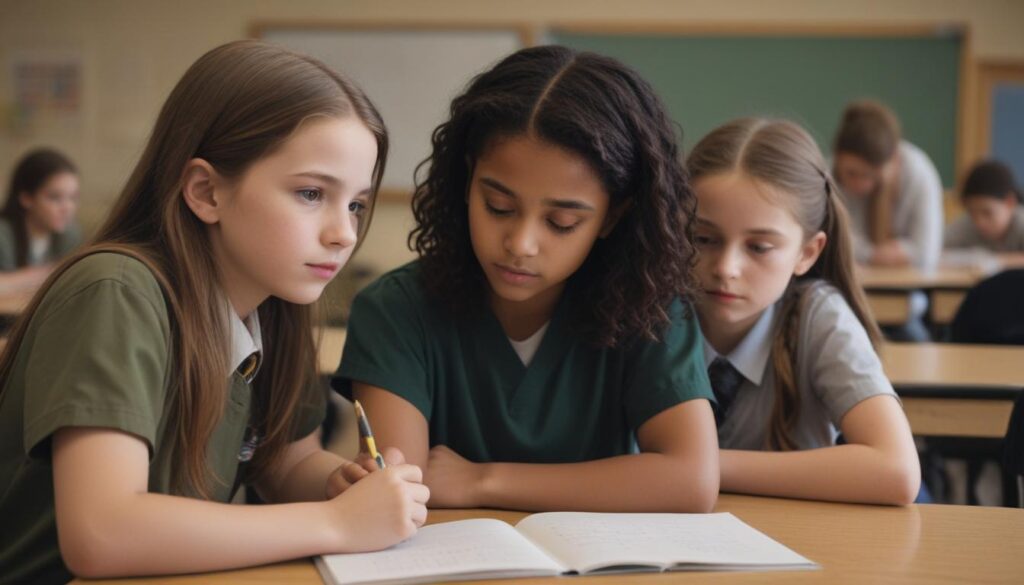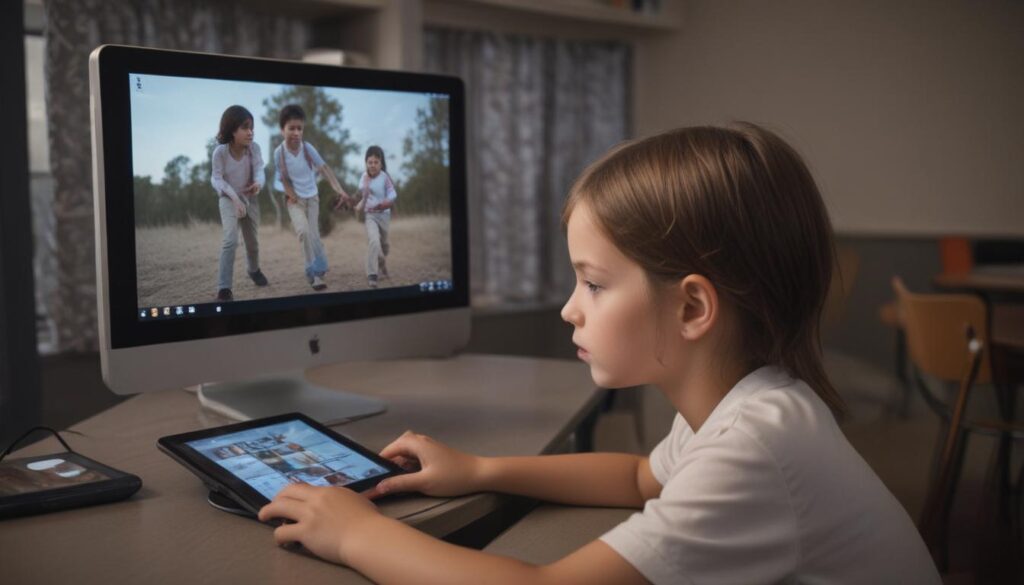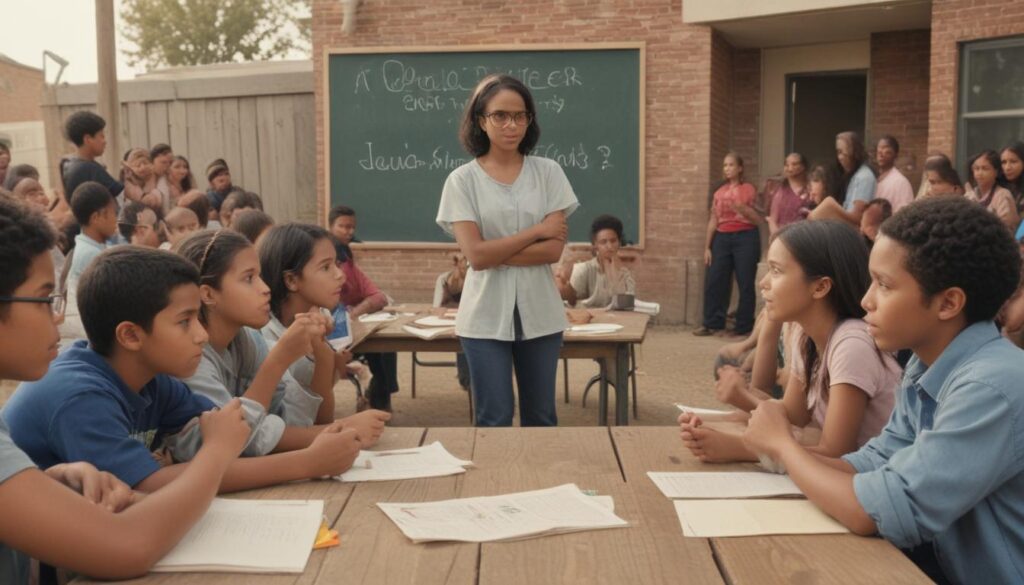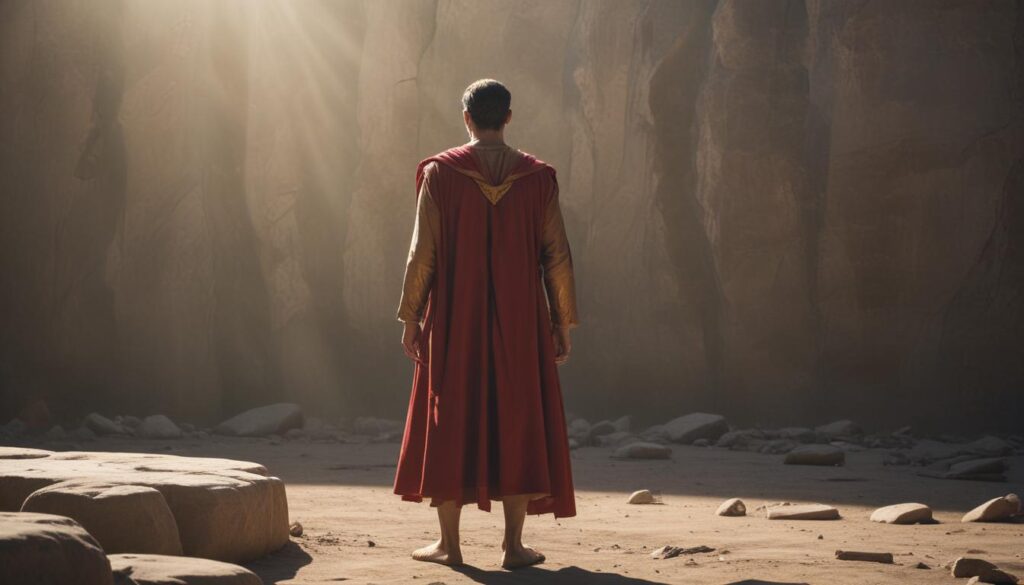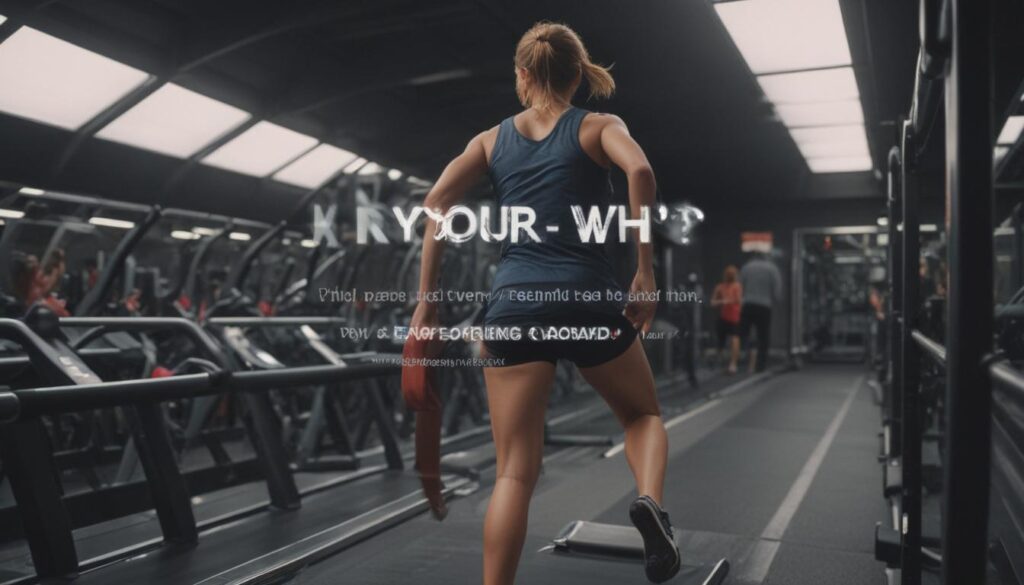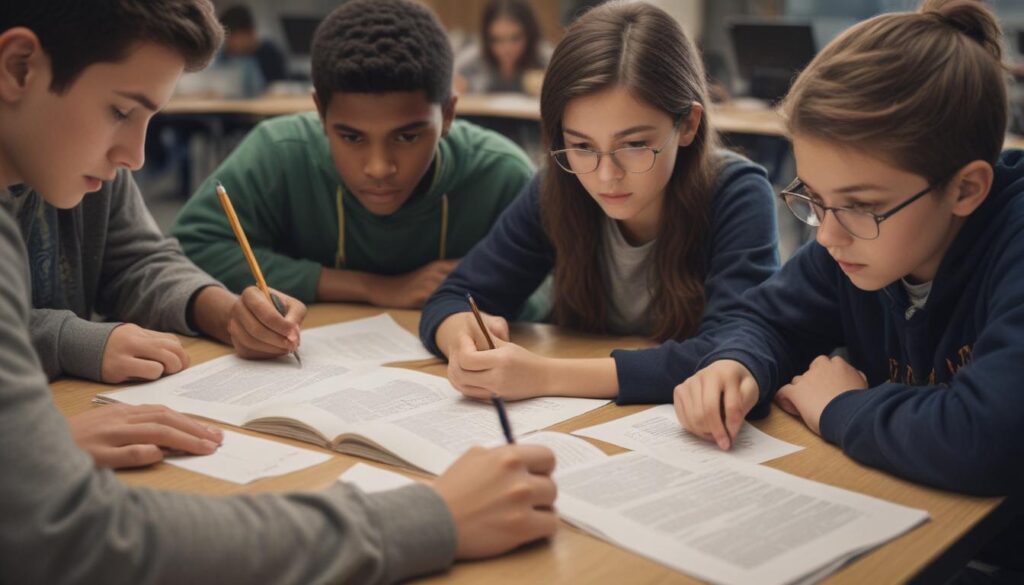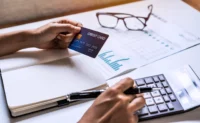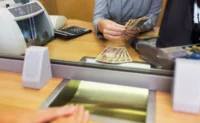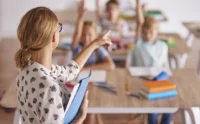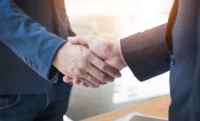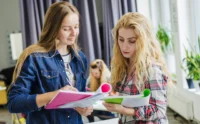Now Reading: The True Power of Learning by Doing
- 01
The True Power of Learning by Doing
The True Power of Learning by Doing

Unlock Your Potential The Power of Experiential Learning
The Power of Experiential Learning
Have you ever spent hours cramming for an exam or reading a business book, only to find that you’ve forgotten most of the information a week later? It’s a frustratingly common experience. You feel like you’ve put in the work, but the knowledge just doesn’t stick. You have the theory down, but when it comes time to actually apply it, you hesitate, feeling unprepared and uncertain. This gap between knowing and doing is a major roadblock to personal and professional growth.
The solution isn’t to study harder, but to learn smarter. The answer lies in shifting your focus from passive consumption of information to active participation. This is the core of experiential learning, a powerful approach that transforms how you acquire and retain skills. It’s the difference between reading a map and actually navigating the trail. One gives you information; the other gives you competence and confidence. By embracing learning through doing, you can finally make knowledge a permanent part of who you are.
What Exactly Is Experiential Learning
Experiential learning is often simplified to “learning by doing,” but it’s much more structured than that. It is an engaged learning process where you gain knowledge and skills through direct experience, rather than from lectures or books alone. Think about the first time you learned to ride a bike. No amount of reading about balance and momentum could replace the actual experience of getting on the seat, pushing the pedals, wobbling, and eventually finding your equilibrium. That process involved trying, failing, adjusting, and trying again—a complete learning cycle.
At its heart, experiential learning is a four-stage cycle that involves a concrete experience, reflective observation, abstract conceptualization, and active experimentation. In simpler terms, you first do something (the experience). Then, you step back and think about what happened (the reflection). Next, you try to understand the underlying principles and draw conclusions (the conceptualization). Finally, you use that new understanding to try the task again in a new way (the experimentation). This cycle turns a simple activity into a profound learning opportunity, hardwiring the lesson into your brain in a way passive learning never can.

Why Traditional Learning Falls Short and How Doing Fills the Gap
The traditional classroom model, built on lectures and memorization, often works against our brain’s natural learning process. It primarily engages the parts of our brain responsible for short-term memory. This is why you can remember a fact long enough for a test but struggle to recall it later. German psychologist Hermann Ebbinghaus discovered this over a century ago with his “Forgetting Curve,” which shows that we forget a significant amount of memorized information in a matter of hours or days unless we actively apply it. Without a practical hook to hang the information on, our brain simply discards it as non-essential.
Experiential learning completely flips this script. When you engage in a hands-on task, you are creating a rich, multi-sensory experience. You’re not just hearing or seeing information; you’re feeling, problem-solving, and emotionally connecting with the process. This engagement creates stronger, more complex neural pathways, moving knowledge from fragile short-term memory to robust long-term memory. It bridges the critical gap between theory and practice, building not just knowledge, but true capability and the confidence to use it in the real world.
Putting Experiential Learning into Practice
The beauty of this approach is that it can be applied to virtually any area of your life, from personal hobbies to professional development. The key is to be intentional about creating opportunities to do, reflect, and improve.
In Your Personal Life
You can transform your personal growth by actively seeking out experiences. If you want to become a better cook, stop just watching cooking shows and start experimenting in the kitchen. Try a new recipe, and don’t be afraid if it doesn’t turn out perfectly. The important part is to reflect afterward. What worked? What didn’t? Was the heat too high? Did you use enough seasoning? This reflection is what turns a mediocre meal into a valuable lesson for next time.
The same principle applies to learning a new language, a musical instrument, or even a sport. Don’t just use an app or read a manual. Immerse yourself. Find a language exchange partner to practice speaking with, join a band to play with other musicians, or enter a friendly competition to test your skills under pressure. Each experience, followed by thoughtful reflection on what you can do better, will accelerate your learning far more than passive study alone.
In the Workplace
In a professional setting, experiential learning is the engine of skill development and innovation. Forward-thinking companies build this into their culture through on-the-job training, mentorships, and project-based work. Instead of just sending an employee to a one-day workshop on project management, they might assign them to lead a small, low-risk project with the guidance of a seasoned manager. This allows the employee to face real challenges, make decisions, and see the direct consequences of their actions in a supported environment.
You don’t have to wait for your company to create these opportunities for you. Be proactive in your own career development. Volunteer for a challenging assignment that pushes you outside of your comfort zone. Ask to shadow a colleague whose skills you admire. Propose a small-scale pilot project to test a new idea or process. By actively seeking out these hands-on roles, you demonstrate initiative and, more importantly, you build a portfolio of tangible skills and accomplishments that are far more valuable than any line on a resume.
